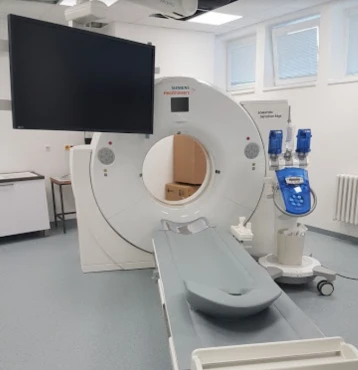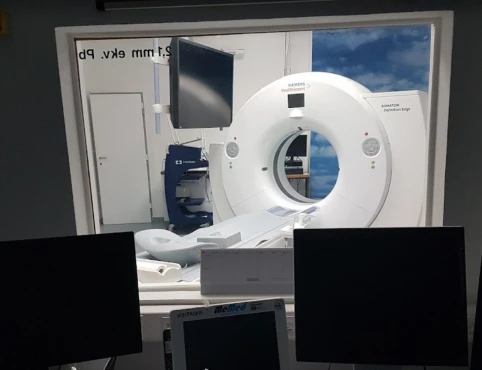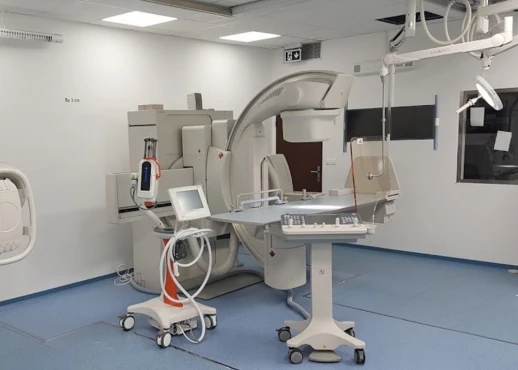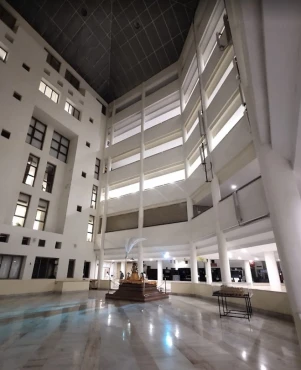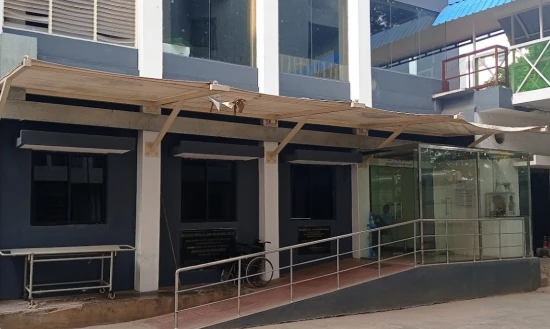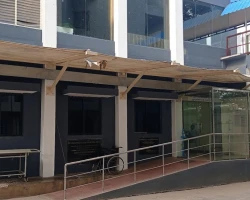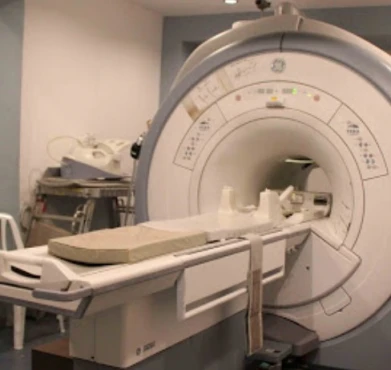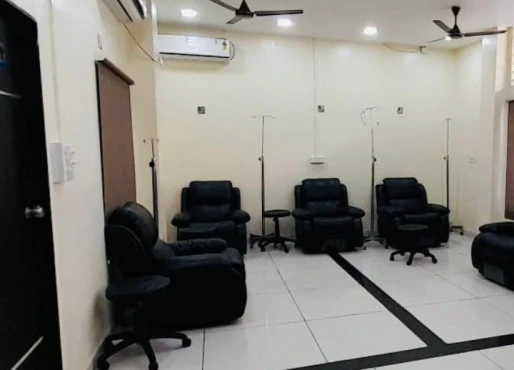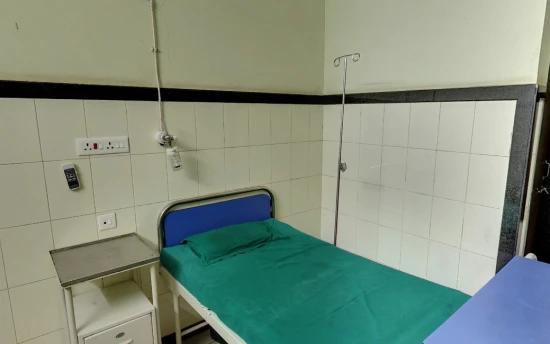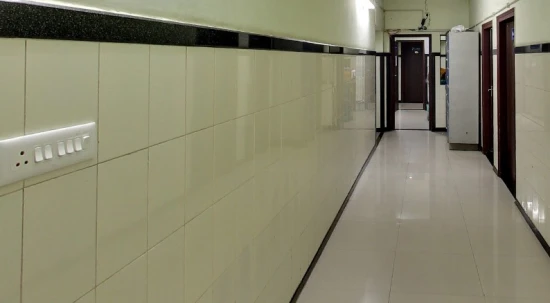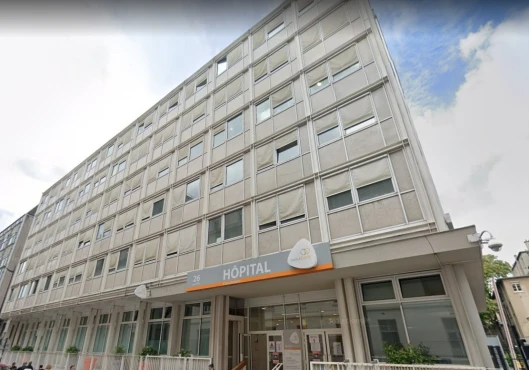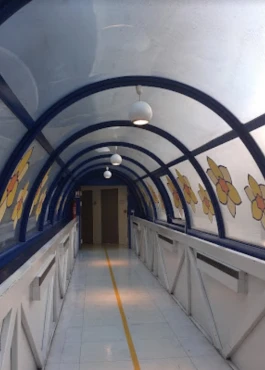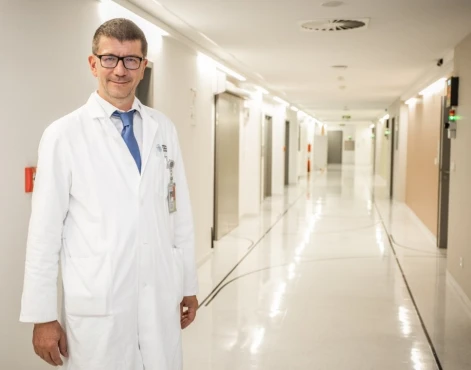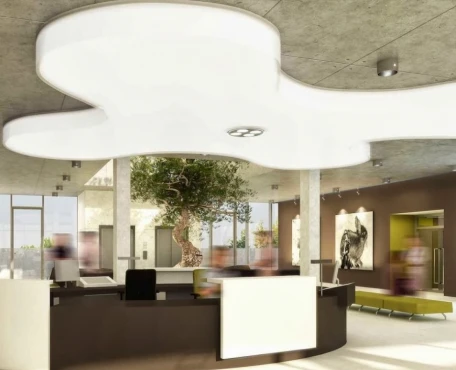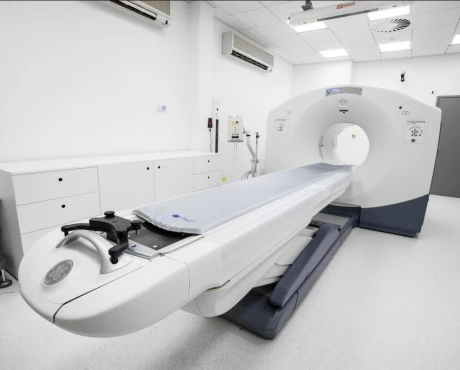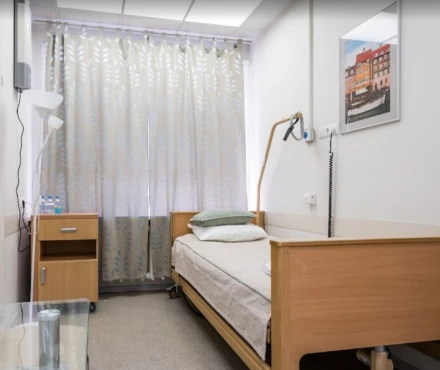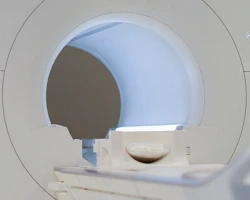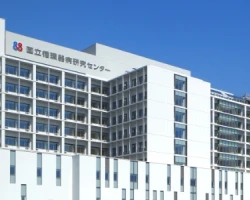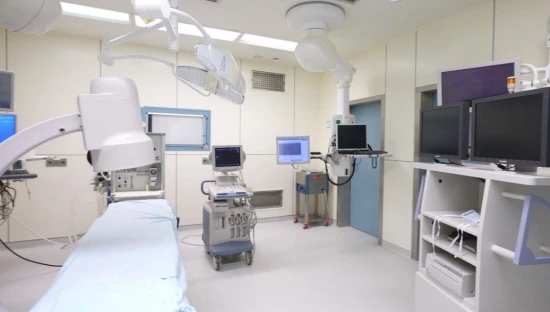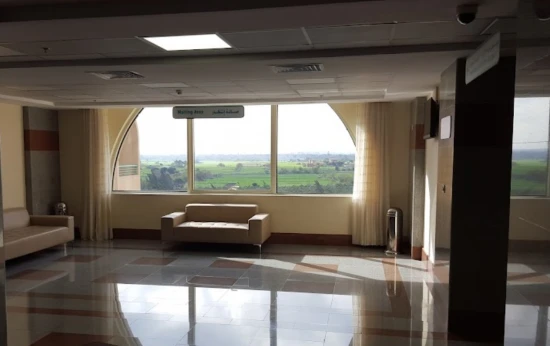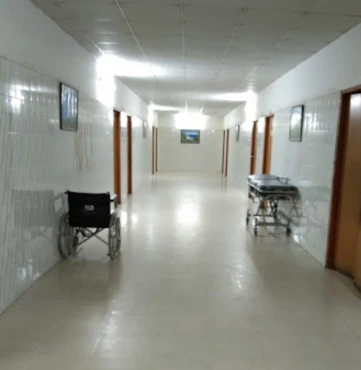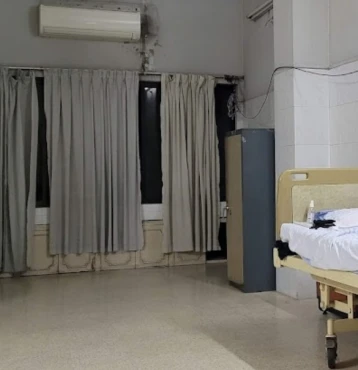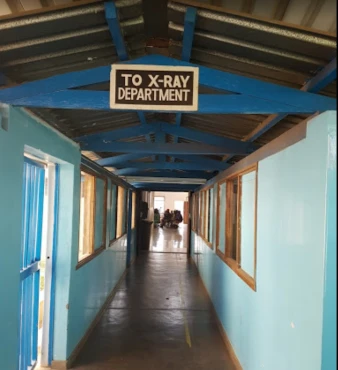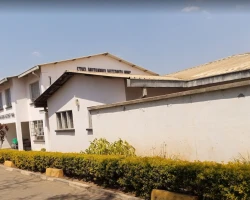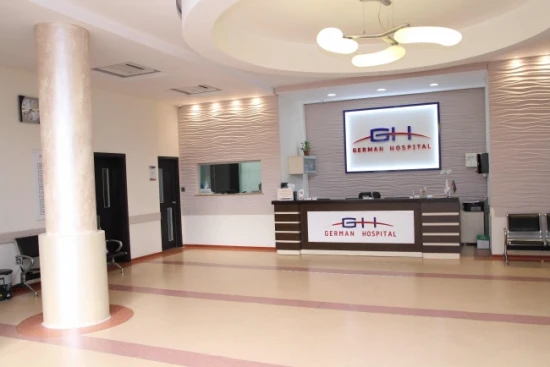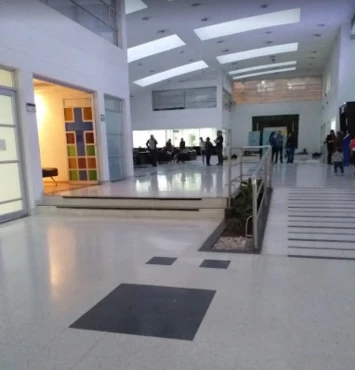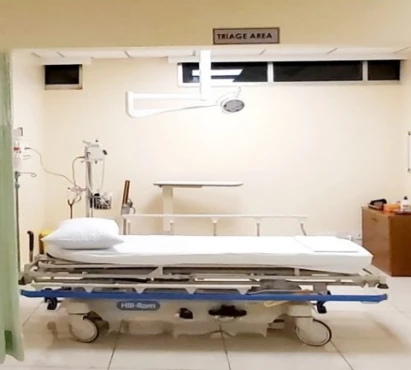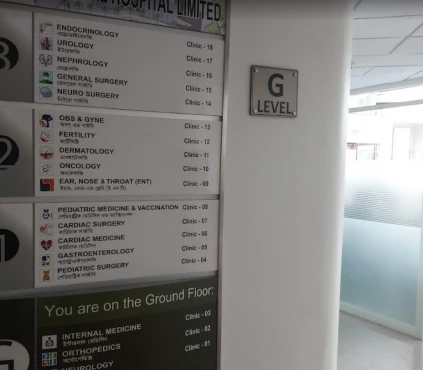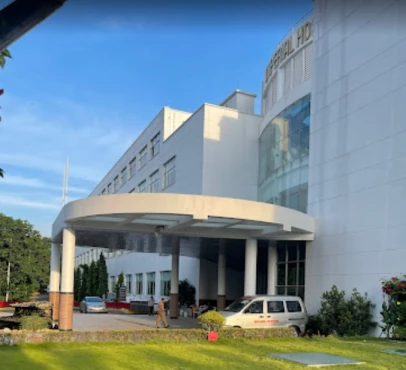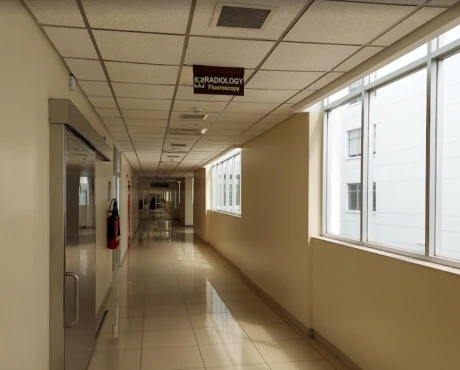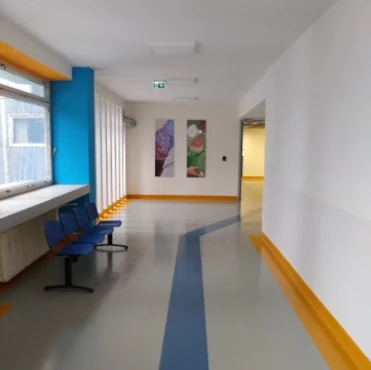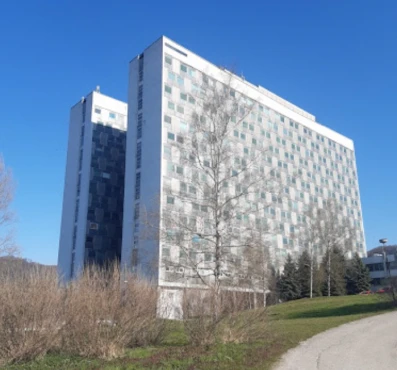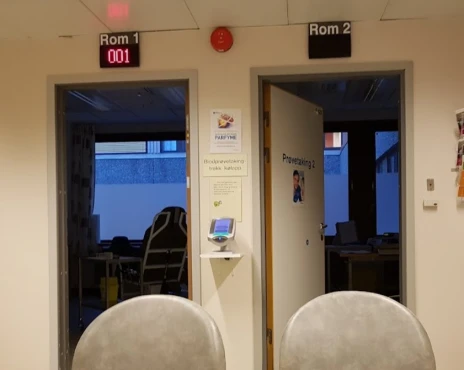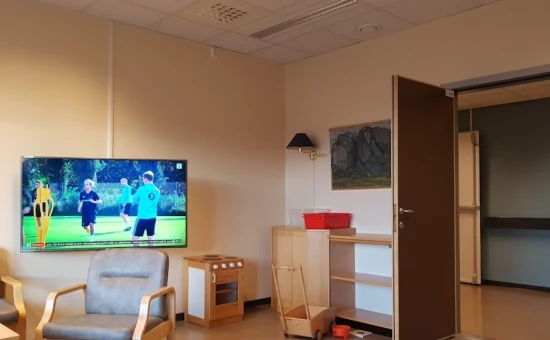Acoustic neuroma, also known as vestibular schwannoma, is a benign growth that develops on the nerves responsible for balance and hearing, which connect the inner ear to the brain. Surgical intervention remains a primary treatment option, mainly when the tumor is large, causing significant symptoms, or showing signs of growth. Different surgical approaches are employed based on the tumor's size, location, and the patient's overall health. The main surgical methods used to remove an acoustic neuroma are the retrosigmoid, translabyrinthine, and middle fossa approaches.
Retrosigmoid (Suboccipital) Approach
The retrosigmoid approach is a versatile surgical technique that provides excellent access to the cerebellopontine angle, where many acoustic neuromas (benign growths) develop. This approach is beneficial for removing medium to large-sized tumors while potentially preserving the patient's hearing.
The surgical procedure begins with the patient being positioned on their back or side, with their head securely fixed in a three-pin skull clamp for precise positioning. The surgeon then makes an incision behind the patient's ear, extending from the mastoid bone to the base of the skull. Next, a small section of the skull, known as a craniotomy, is removed to expose the dura mater (the outermost layer of the brain's protective membranes). The dura is then carefully opened to access the cerebellopontine angle.
During the tumor exposure stage, the surgeon gently retracts the cerebellum to reveal the tumor and the surrounding cranial nerves. Using microsurgical techniques, the surgeon meticulously dissects the tumor away from the facial and cochlear nerves. The tumor is typically removed in pieces, with great care taken to preserve the facial nerve and, if possible, the cochlear nerve to maintain the patient's hearing.
After the tumor is removed, the dura is closed, and the bone flap is replaced. Finally, the incision is sutured closed.
The retrosigmoid approach offers the potential for hearing preservation and allows for removing large tumors. However, due to its proximity to the cerebellum and brainstem, it risks complications, such as cerebrospinal fluid leaks and headaches. Studies have shown that hearing preservation rates can be as high as 50% for small to medium-sized tumors, but this decreases significantly for larger tumors [Palavani et al., 2024].
Translabyrinthine Approach
The translabyrinthine approach is commonly used for patients with large acoustic neuromas where hearing preservation is not possible or has already been lost. This surgical method provides direct access to the tumor, minimizing the need for significant retraction of the brain and cerebellum, which helps reduce the risk of postoperative complications.
The procedure begins with the patient being positioned on their side, and an incision is made behind the ear, similar to the retrosigmoid approach. The surgeon then removes the mastoid bone and a portion of the labyrinth to create a direct pathway to the tumor. Unfortunately, this results in permanent hearing loss in the affected ear.
Next, the surgeon carefully identifies and preserves the facial nerve while exposing the tumor. The tumor is then meticulously removed in smaller pieces, again taking great care to preserve the facial nerve and avoid any postoperative facial weakness or paralysis. Finally, the surgical site is closed, often with a fat graft taken from the patient's abdomen, which helps reduce the risk of cerebrospinal fluid leaks.
The main advantage of the translabyrinthine approach is that it allows for the removal of large acoustic neuromas with a lower risk of complications involving the brainstem. However, this approach inevitably leads to complete hearing loss on the affected side due to the necessary removal of the inner ear structures. On the positive side, facial nerve preservation rates are generally relatively high, with studies reporting a 90% success rate in avoiding facial paralysis [King et al., 2024].
Middle Fossa Approach
The middle fossa approach primarily addresses small acoustic neuromas confined to the internal auditory canal. This surgical method is particularly advantageous when the goal is to preserve the patient's hearing. Compared to other techniques, the middle fossa approach is a less invasive option that targets the tumor in its earlier stages of growth.
The surgical procedure involves several key steps. First, the patient is positioned on their back with the head tilted to allow easy access to the temporal bone. An incision is made above the ear to expose this area. Next, a small section of the temporal bone is removed to provide a direct path to the internal auditory canal. The surgeon then carefully elevates the dura and opens the internal auditory canal to reveal the tumor. Working under a microscope, the surgeon meticulously separates the tumor from the surrounding nerves. The goal is to remove the entire tumor while preserving both the facial and cochlear nerves. Finally, the temporal bone is replaced, and the incision is closed.
The middle fossa approach offers the best chance of hearing preservation, with success rates as high as 70-80% for small tumors confined to the internal auditory canal. However, it is a technically challenging procedure and may be less effective for larger tumors that have grown beyond the confines of the canal [Scheer, 2023].


